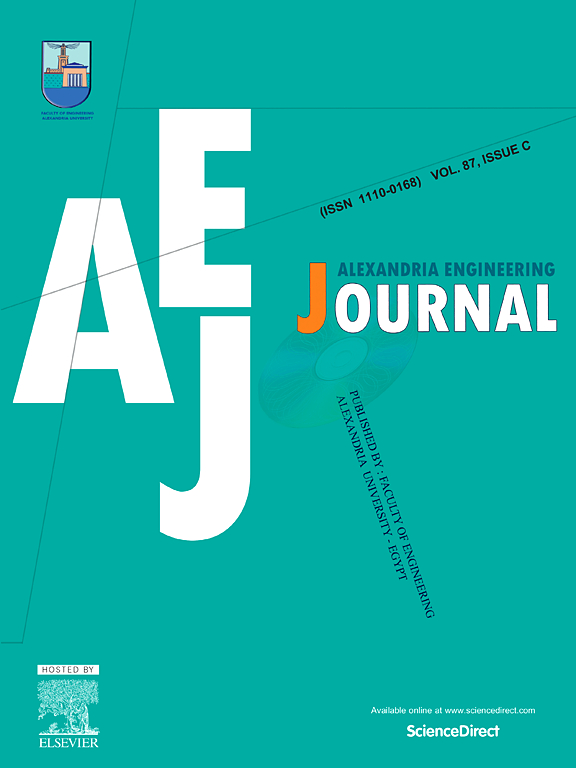生物炭作为混凝土填料的研究进展与展望
IF 6.8
2区 工程技术
Q1 ENGINEERING, MULTIDISCIPLINARY
引用次数: 0
摘要
本文综述了利用生物炭作为混凝土填料的当前进展和新兴趋势,强调了其在可持续建筑中的多方面好处和挑战。最近的研究表明,生物炭掺入通过复杂的物理和化学机制显著影响新混凝土和硬化混凝土的性能。在新鲜混凝土中,生物炭通过其高表面积和独特的孔隙结构影响和易性、凝结时间和流变行为。材料的保水能力有助于增强水化过程,而它的存在改变了空气空隙分布和新鲜密度特性。在硬化混凝土中,最佳生物炭用量(水泥质量的2-5 %)显示出改善的机械性能,研究报告抗压强度增加高达76% %。改进的孔隙结构和增强的水化产物有助于提高抗化学侵蚀和冻融循环的耐久性。微观结构分析揭示了不同的界面过渡带和精细的孔隙网络,直接影响工程性能。环境效益包括显著的碳封存潜力,研究显示每立方米混凝土可封存高达9.40 千克的二氧化碳。生命周期评估表明,多个类别的环境影响大幅减少。然而,在标准化、质量控制和生产可扩展性方面仍然存在挑战。未来的研究方向应该集中在优化生物炭的特性,了解长期性能,并为更广泛的商业应用开发预测模型。本文章由计算机程序翻译,如有差异,请以英文原文为准。
Progress and prospects of biochar as concrete filler: A review
This review examines the current progress and emerging trends in utilizing biochar as a concrete filler, highlighting its multifaceted benefits and challenges in sustainable construction. Recent research demonstrates that biochar incorporation significantly influences both fresh and hardened concrete properties through complex physical and chemical mechanisms. In fresh concrete, biochar affects workability, setting time, and rheological behavior through its high surface area and unique pore structure. The material's water retention capabilities contribute to enhanced hydration processes, while its presence modifies air void distribution and fresh density characteristics. In hardened concrete, optimal biochar dosages (2–5 % by mass of cement) demonstrate improved mechanical performance, with studies reporting up to 76 % increase in compressive strength. The modified pore structure and enhanced hydration products contribute to improved durability against chemical attack and freeze-thaw cycles. Microstructural analysis reveals distinctive interfacial transition zones and refined pore networks, directly influencing engineering properties. Environmental benefits include significant carbon sequestration potential, with studies showing up to 9.40 kg CO2 sequestration per cubic meter of concrete. Life cycle assessments indicate substantial reductions in environmental impacts across multiple categories. However, challenges remain in standardization, quality control, and production scalability. Future research directions should focus on optimizing biochar properties, understanding long-term performance, and developing predictive models for broader commercial implementation.
求助全文
通过发布文献求助,成功后即可免费获取论文全文。
去求助
来源期刊

alexandria engineering journal
Engineering-General Engineering
CiteScore
11.20
自引率
4.40%
发文量
1015
审稿时长
43 days
期刊介绍:
Alexandria Engineering Journal is an international journal devoted to publishing high quality papers in the field of engineering and applied science. Alexandria Engineering Journal is cited in the Engineering Information Services (EIS) and the Chemical Abstracts (CA). The papers published in Alexandria Engineering Journal are grouped into five sections, according to the following classification:
• Mechanical, Production, Marine and Textile Engineering
• Electrical Engineering, Computer Science and Nuclear Engineering
• Civil and Architecture Engineering
• Chemical Engineering and Applied Sciences
• Environmental Engineering
 求助内容:
求助内容: 应助结果提醒方式:
应助结果提醒方式:


